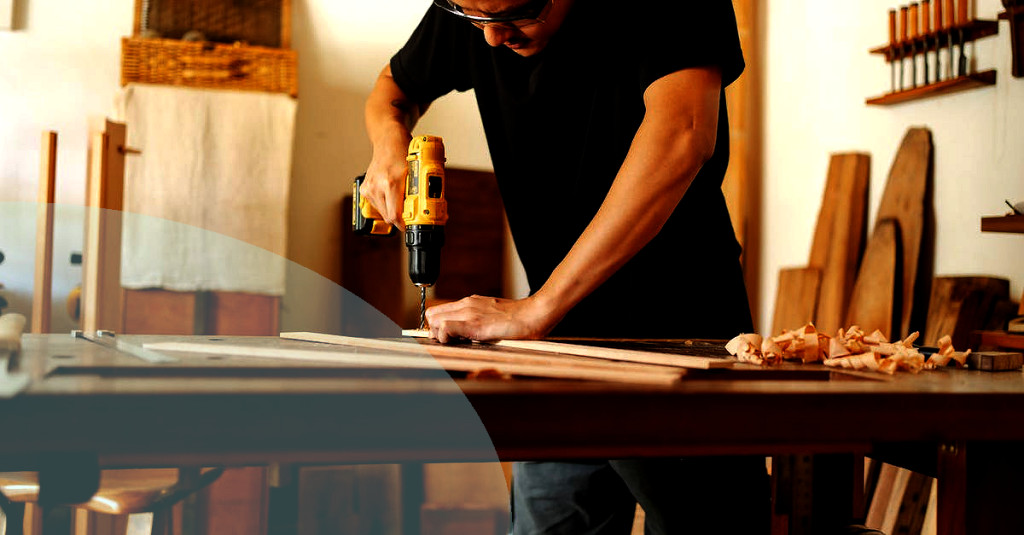How to choose the best type of timber for your DIY project

Breaking Down the Basics: Understand Your Project Needs

When it comes to DIY woodworking projects, one of the most crucial decisions you need to make revolves around the type of wood you'll use. The variety of woods available can be a minefield if you're unsure what to seek out. But, fret not, we're here to guide you on your journey to find the best type of timber for your DIY project.
Graining Insight: Hardwood vs Softwood
In order to choose the most suitable timber, start by understanding the needs of your project. For instance, if you're creating a coffee table, you want a sturdy material that can withstand weight, spills, and daily wear. In contrast, a decorative piece that won't see much action may call for wood with more ornamental appeal and less emphasis on durability.
To help get started, Wood Magazine provides an excellent catalogue of various wood species and their characteristics.
Hardwoods
Timber comes in two broad categories - hardwoods and softwoods. Although the names suggest durability, they're actually about the wood's botanical sources.
Softwoods
Derived from deciduous trees, hardwoods such as oak, maple, and walnut are typically tougher than softwoods. They have appealing grain patterns, making them ideal for furniture and projects requiring high durability and aesthetic appeal.
Hidden Features: Paying Attention to Timber Grading
Sourced from coniferous trees, softwoods like pine, spruce, and cedar are less dense, making them easier to work with. This makes them perfect for beginners and projects like shelving or pieces that require intricate cuts.
The Finishing Touches: Choosing the Right Timber Finish
When you buy timber, it's crucial to understand timber grading, the classification process to determine the quality of the wood. Knowing how to interpret lumber grades will ensure you're investing in the right type for your project.
A highly recommended guide to grasp this aspect can be found on The Spruce Crafts. The comprehension of grading methods will help you spend wisely and get the most out of your DIY project.
The Sequoia in Your DIY Story
Lastly, consider the finish you plan to use. Different woods respond differently to various finishes. For instance, some woods absorb stain unevenly, while others may react to certain oils or waxes. Test your intended finish on a scrap of your selected timber before starting your project to ensure the result aligns with your vision.
Arduous as it may seem, picking the right timber can spell the difference between your DIY project looking professional instead of homemade. Let your specific project guide your timber choice - remember to consider the wood's hardness or softness, the grain, the timber grade, and how it will react to your chosen finish.
Happy DIY-ing, and always remember: measure twice, cut once!




